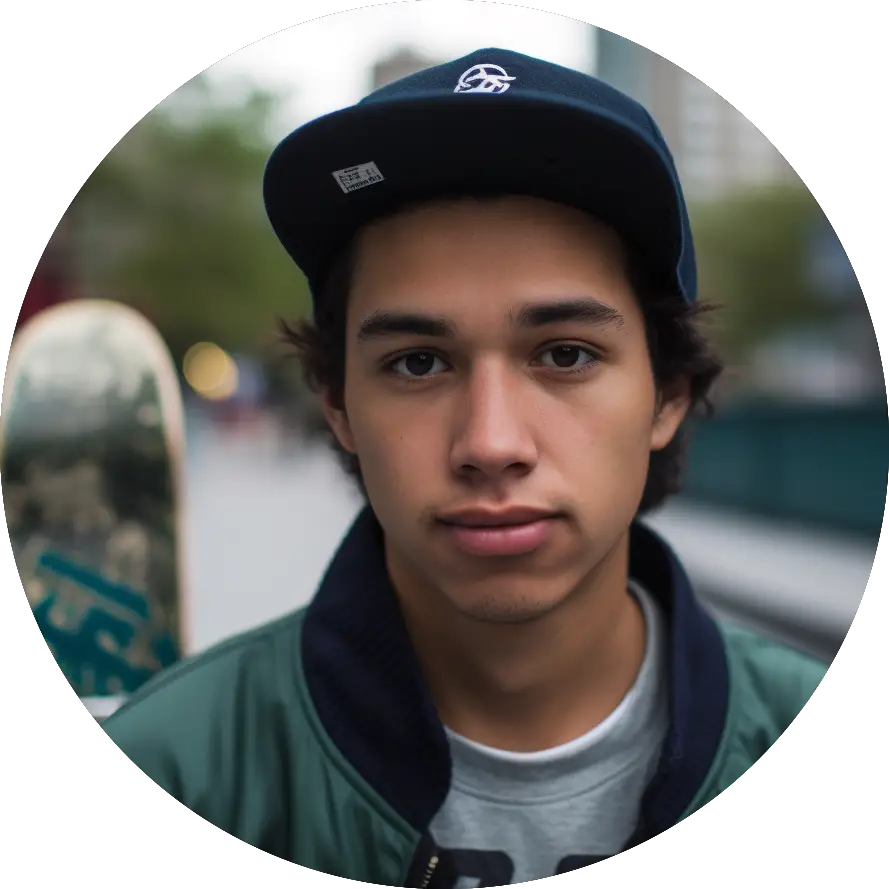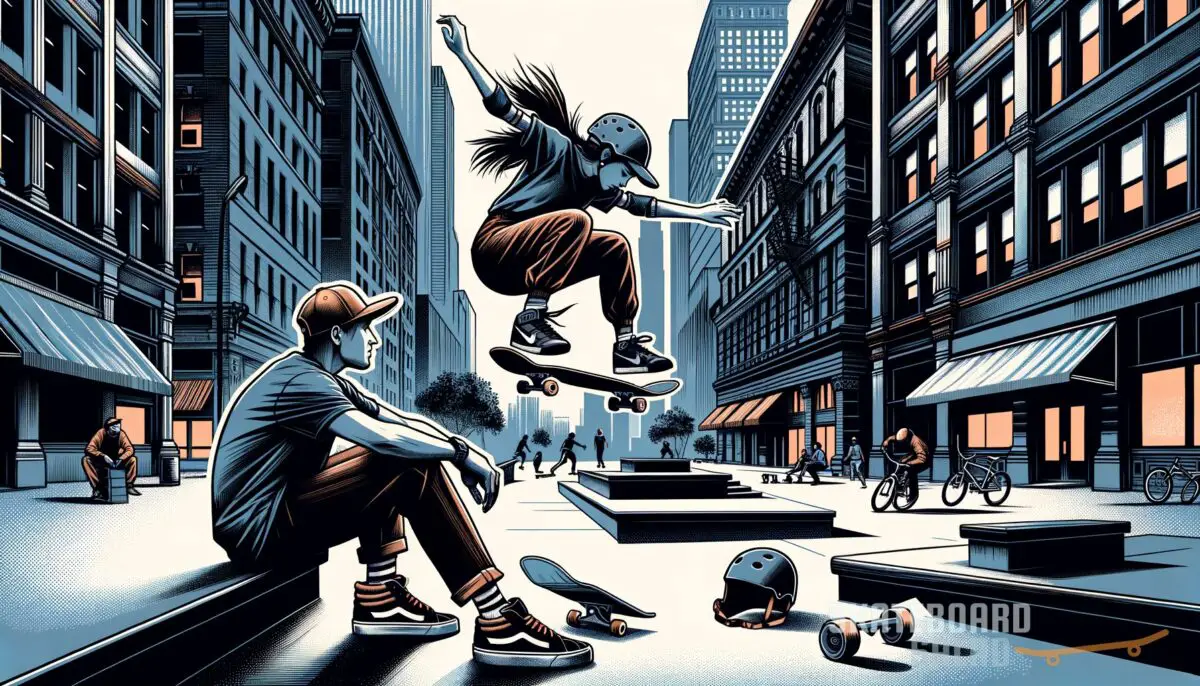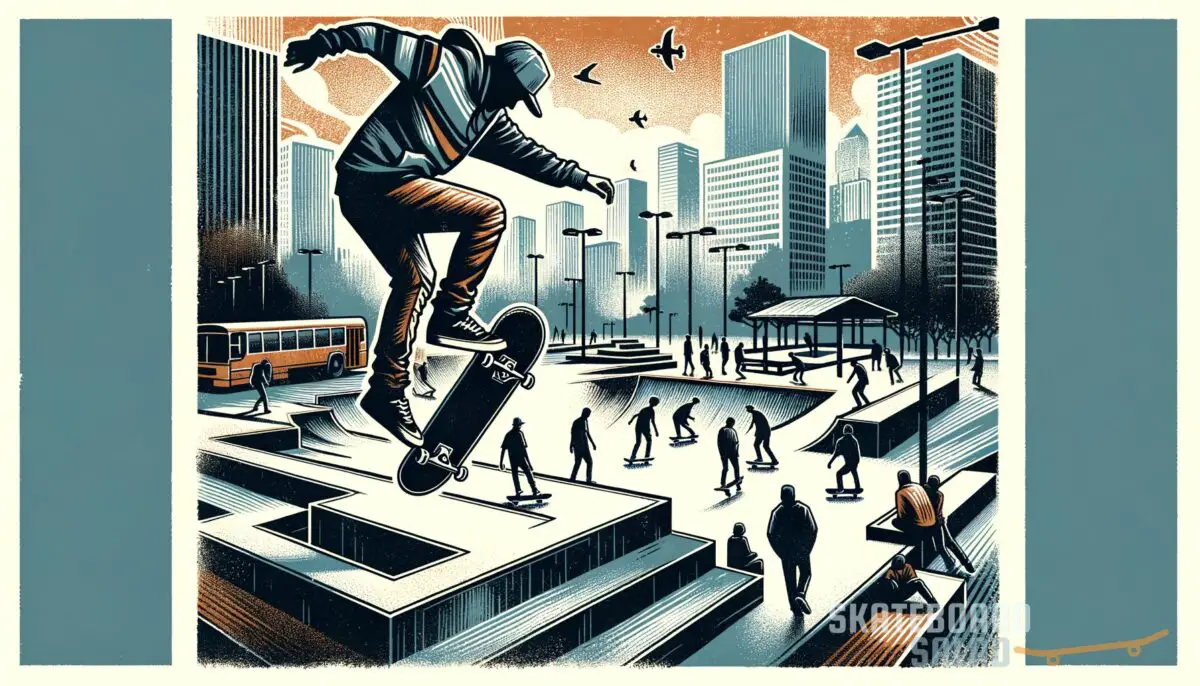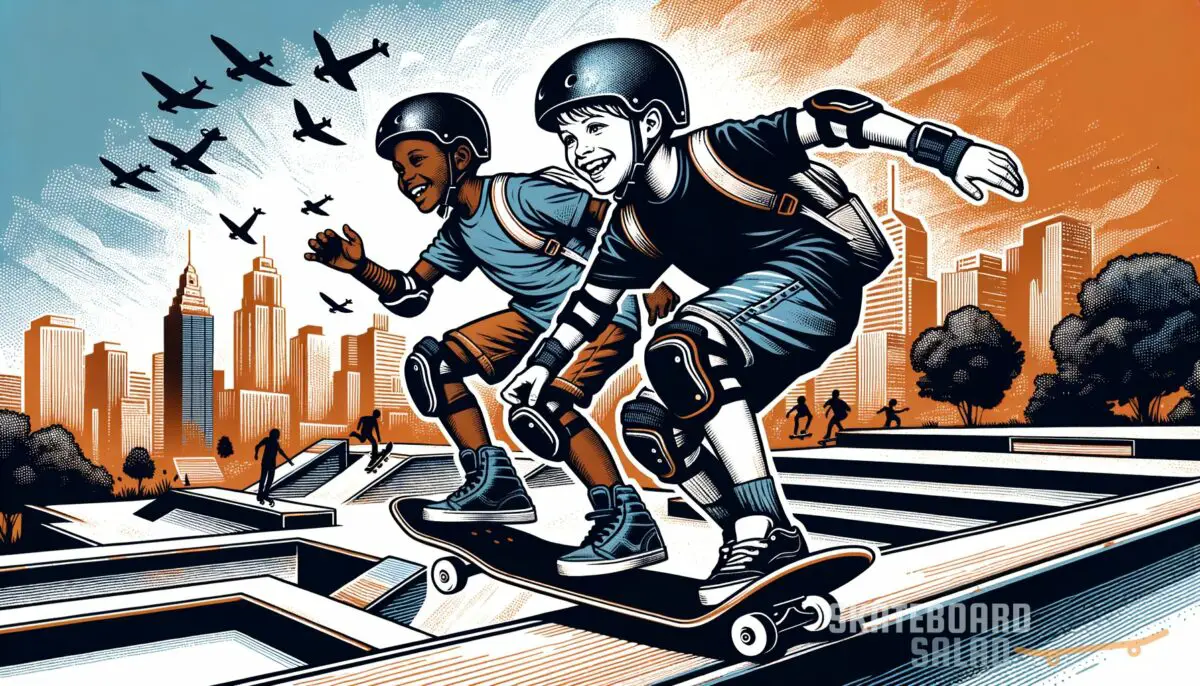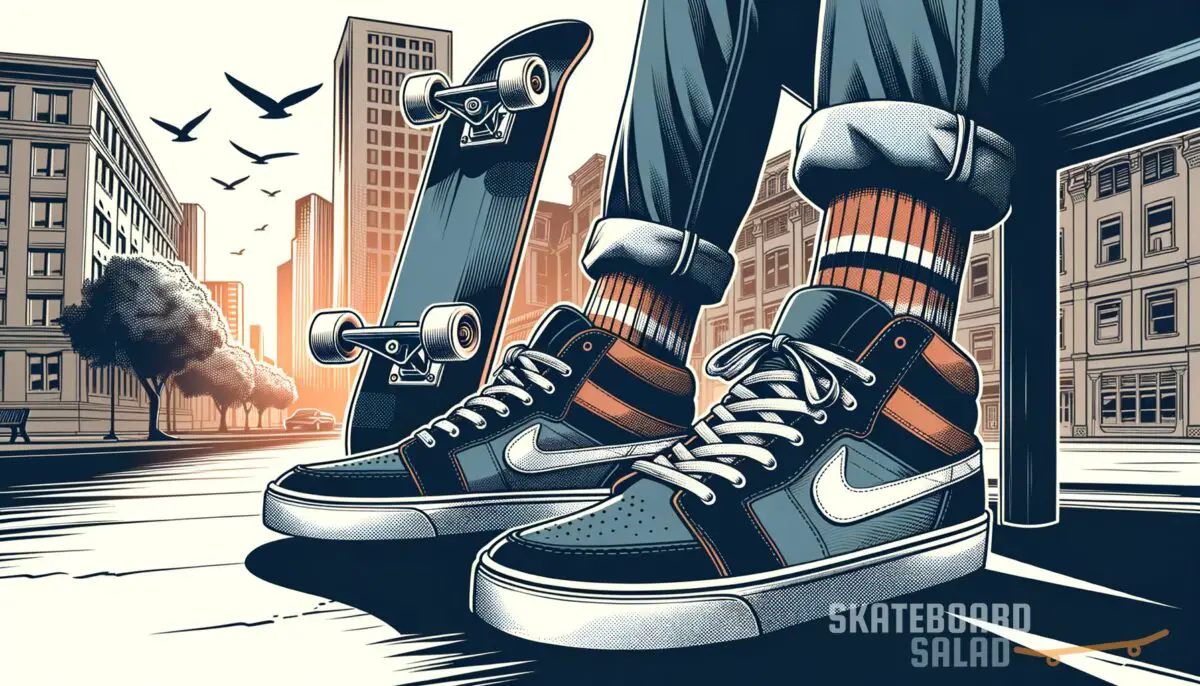Skating ain’t just for the big kids; even the young guns are dropping in, hungry to kickflip their way to glory. Gearing up a skateboard for a 6-year-old can spark debates as heated as a game of S.K.A.T.E. at the park.
You’ve got to think about deck size, which by the way, if you’re eyeing some sick options, I’ve got you covered right here. We’ll break down what you need to shred safely and stylishly.
Key takeaways
- Deck size is crucial for young riders; aim for 7.0″ to 7.5″ in width.
- Choose smaller, softer wheels for more stability and control.
- Opt for lower trucks that make pushing and popping easier for little ones.
- Invest in quality protective gear to keep young skaters safe and secure.
How can you gear up a little shredder with the right skateboard?
Getting the perfect skateboard setup for a 6-year-old isn’t just about style; it’s about fostering their love for the sport while ensuring they’ve got the proper equipment for safety and progression. This list presents the top things to keep in mind — from selecting the right deck to the essentials of protective gear. Each point is catered to the young ones just starting to skate, ensuring they’re set up for success.
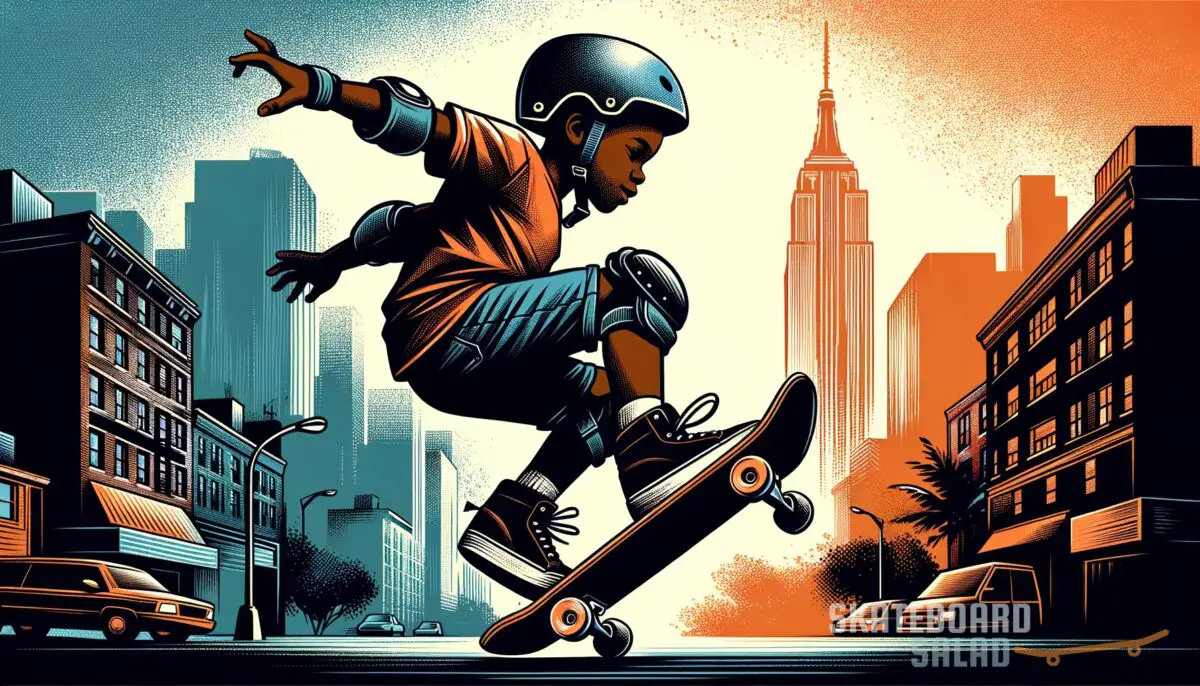
1. Sizing up the deck
When it comes to decks, size does matter, especially for kids. Look for a deck that’s appropriate for their age and shoe size. It should be wide enough for them to comfortably place their feet but not so big that it becomes unwieldy.
Normally, a deck width around 7.0″ to 7.5″ is ideal for youngsters. Check out an array of options for young skaters here. In addition to width, pay attention to the length and concave of the deck.
A shorter board allows for easier control, and a mellow concave can make it simpler for a 6-year-old to get the hang of flipping and maneuvering the board.
2. Wheel considerations
For young skaters, softer and smaller wheels are the go-to. They typically range from 50mm to 54mm and are more forgiving on rough surfaces, which is a blessing for those just learning. Get the lowdown on some of the best skateboarding wheels ideal for newcomers to the skate scene.
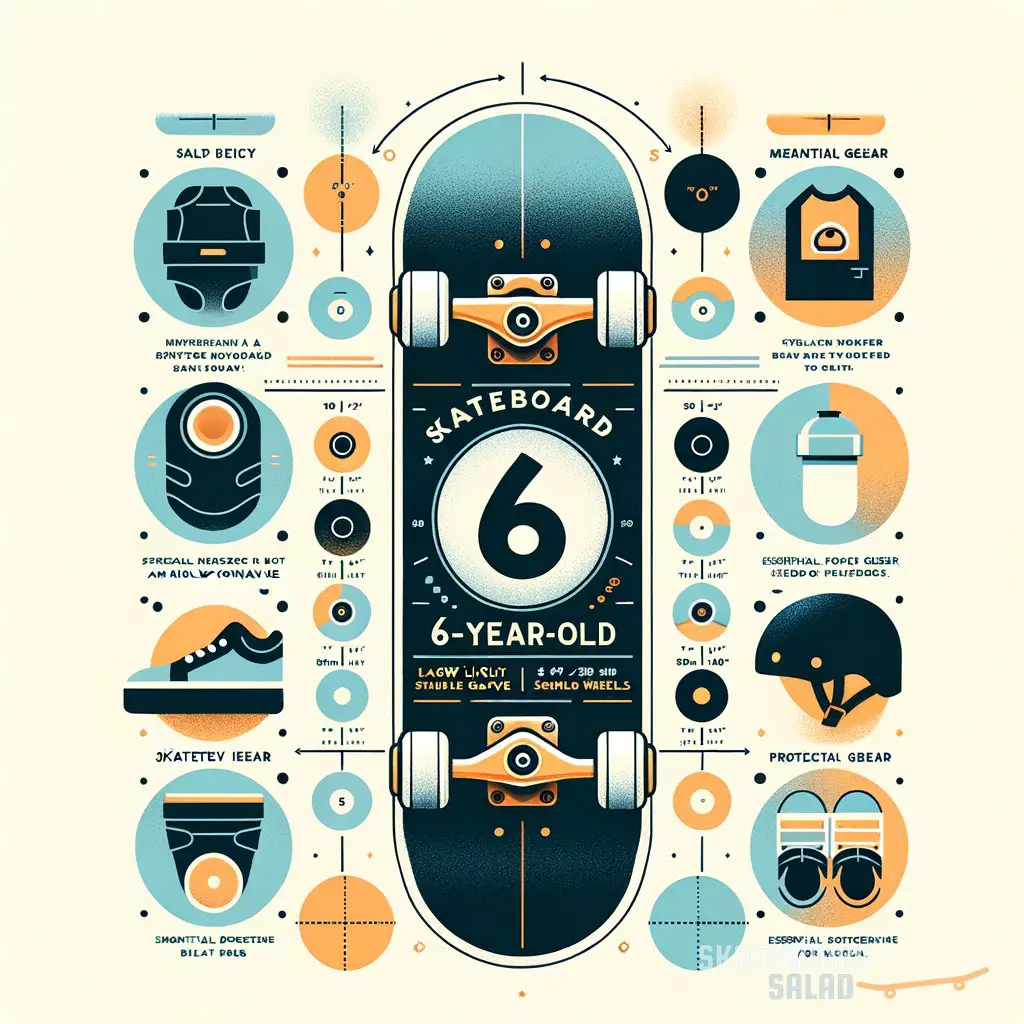
Softer wheels help with grip, making them less intimidating for beginners and can contribute to a smoother and more enjoyable ride. Plus, they’re less likely to shoot out from under inexperienced feet, which can be a game-changer for a 6-year-old’s confidence.
3. Picking the trucks
Skateboard trucks are crucial for stability and turning. You’ll want trucks that match the deck width and are designed for a smoother turn to help kids navigate the basics of steering their skateboard. For insights on what might work best for your young skater, explore the best beginner skateboard trucks.
A lower height truck is also beneficial, making it easier for the little ones to push and pop the board. This can make a significant difference in how quickly a child learns and how much they enjoy skating.
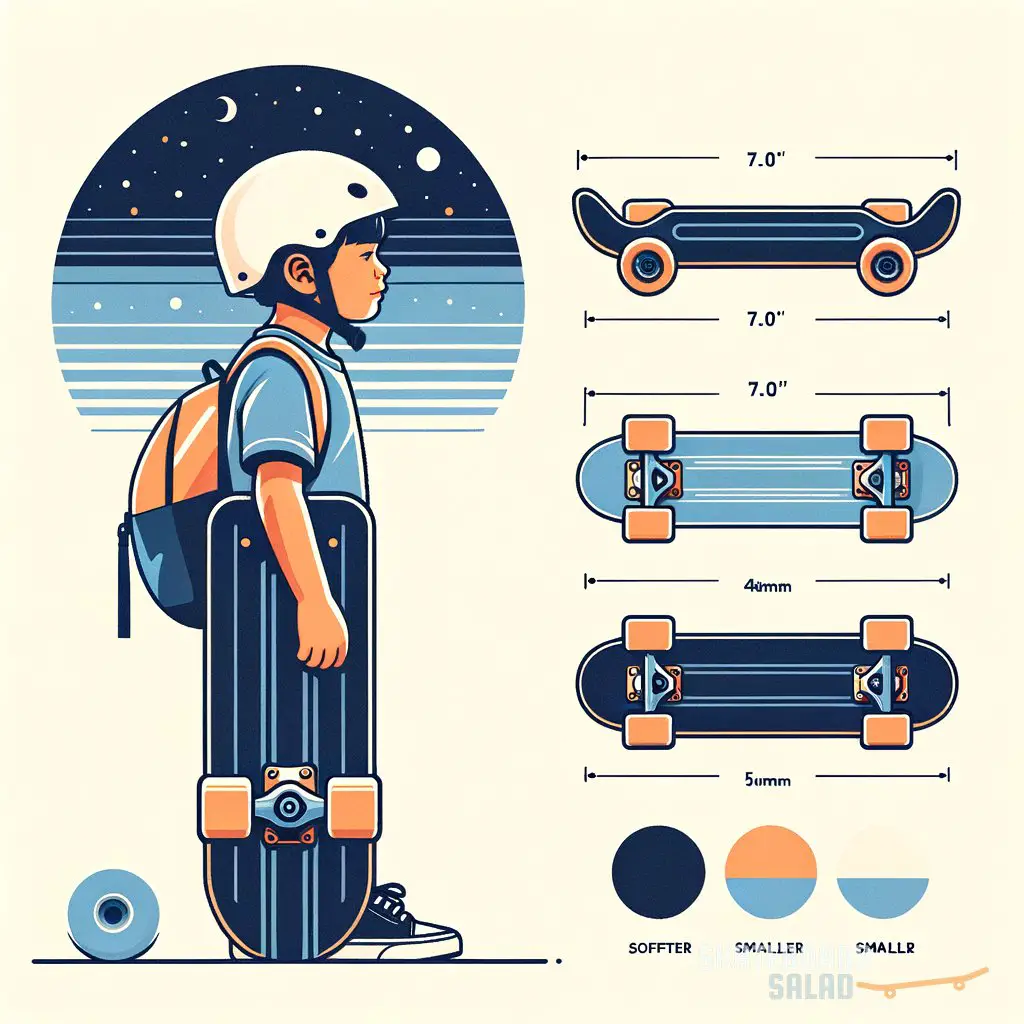
4. Choosing the bearings
Bearings might not be the first thing on your mind, but smooth-rolling bearings can make or break the skateboarding experience. For kids, ABEC-3 to ABEC-5 rated bearings are perfect as they provide enough speed without being overly fast. Peek at some top-notch but appropriate options for beginner bearings right here.
Better bearings can lead to a smoother ride, which is essential when a child is building their skating confidence. Plus, they can mean the difference between a board that sticks or one that glides.
5. Protective gear is a must
“Proper skate etiquette and safety first — that’s the real trick to acing this sport. Encouraging the groms to gear up properly and celebrate each baby pop and ollie can set them up for a lifetime of shredding with passion and resilience.”
No six-year-old should start skating without the right protective gear. A properly-fitting helmet that meets safety standards can prevent serious head injuries. Learn more about preventing common skateboarding injuries here.
In addition to a helmet, knee and elbow pads, as well as wrist guards, are non-negotiable. They offer much-needed protection during falls, which are inevitable when learning to skate. Safety gear gives both kids and parents peace of mind, making the learning process more enjoyable.
Enjoi Whitey Panda Complete Skateboard

Enjoi Whitey Panda Complete Skateboard
More skateboarding tips
Diving into skateboarding at a young age opens up a world of adventure and skill-building, but it’s not just about having the right gear. There are a few more pointers that can make the experience safer and more fun for a 6-year-old daredevil.
- Encourage them to start on flat, smooth surfaces before taking on any inclines or skateparks.
- Supervise their practice sessions, offering support and guidance as they learn the ropes.
- Introduce them to basic skateboarding etiquette, like taking turns at the skatepark.
- Keep practice sessions short to prevent fatigue and maintain a fun atmosphere.
- Celebrate small victories, whether it’s a longer ride or a new trick, to boost their confidence.
When it comes to do’s and don’ts, they’re like the grip tape on a board — essential. It’s about sticking to practices that promote safety and enjoyment while steering clear of habits that might lead to a nasty slam.
| Do | Don’t |
|---|---|
| Wear all the protective gear every time you skate. | Skip the helmet because you’re “just practicing.” |
| Check your equipment regularly for any wear or damage. | Ignore cracks in the deck or loose trucks. |
| Learn at your own pace and have fun. | Push yourself or your kid too hard, too fast. |
| Skate in designated areas away from traffic. | Take the board out on the road or in crowded places. |
| Encourage trying new things with proper guidance. | Let a child try advanced tricks without proper experience. |
Proper skate etiquette and safety first — that’s the real trick to acing this sport.
Advantages and disadvantages of skateboarding at a young age
Kicking off the skateboarding journey as a tot comes with a mix of kick-push pluses and a few wipeout worries. Here’s the rundown:
Advantages
- Boosts physical fitness and coordination.
- Fosters a sense of independence and achievement.
- Encourages outdoor activity and provides a break from screens.
- Offers a creative outlet for self-expression.
- Can lead to making new friends within the skateboarding community.
Disadvantages
- Risk of injury, especially without proper protective gear.
- Potential frustration from steep learning curves.
- Gear and ongoing maintenance can be costly.
- Requires constant supervision to ensure safety.
- Access to safe and suitable skating areas may be limited.
In my humble opinion, starting kids on skateboarding early can do wonders for their development. It teaches them resilience because, let’s be real, they’re going to take a few slams before nailing that first ollie. But with each bail, they learn to get back up and try again, building not just physical strength, but mental grit too.
Plus, the skateboarding community is tight-knit; it can offer a sense of belonging that’s invaluable during those formative years. Yet, I’ve seen it’s important to maintain balance and not push too hard, as each kid has their unique pace. When they’re ready to step up their game, there’s plenty of intermediate tricks to add to their repertoire, which you can learn more about right here.
However, it’s key to stress that this is just one skater’s perspective. I’ve seen firsthand the benefits of young kids hopping on a board, but it’s imperative they do so with the right gear and guidance. Skating can open up doors to new friendships, a love for the outdoors, and a healthy lifestyle.
It may not be the path for every child, but for those with the interest, it can be incredibly rewarding. Remember though, no matter how passionate you are about it, skateboarding isn’t without its risks, and safety should always come first.
If you are a visual learner, check out this video titled ‘Learn How to Skateboard for Kids’
Frequently asked questions (FAQ)
What is the best way to introduce a 6-year-old to skateboarding?
The best way is to start with the basics in a controlled environment. Show them how to stand on the board and get comfortable with its feel. Start with simple movements on a flat, smooth surface and gradually introduce gentle pushes.
Prioritize fun and take breaks usually to keep the learning experience positive.
At what age can kids start doing skateboard tricks?
Kids can start learning simple tricks like ollies and manual rolls as soon as they’re comfortable riding and balancing on their skateboard. Typically, this might be around the age of 6 or 7, but it varies. Always make sure they’re wearing protective gear when attempting any tricks.
How do I maintain my child’s skateboard?
Regular maintenance is key. Check the skateboard before and after each ride. Tighten any loose nuts on the trucks, inspect the deck for damage, ensure wheels spin freely without noise (which suggests bad bearings), and replace the grip tape when it starts to peel or lose its grippiness.
You’ll find a guide on whether a skate tool is necessary here.
Final thoughts
As you roll into the journey of Youth skateboarding for a 6-year-old, remember it’s about blending fun with fundamentals. By equipping them with the right-sized gear and fostering a safe environment full of encouragement, you’re not just raising a skateboarder – you’re nurturing resilience, creativity, and a passion for active living. Remember to encourage every little achievement, and never underestimate the power of protective gear.
Do you have stories of introducing your kid to skateboarding? I read and reply to every comment. If you found this article helpful, share it with a friend, and check out my full blog for more tips and tricks on skateboarding essentials. Thanks for reading, and keep on pushing those boundaries!

